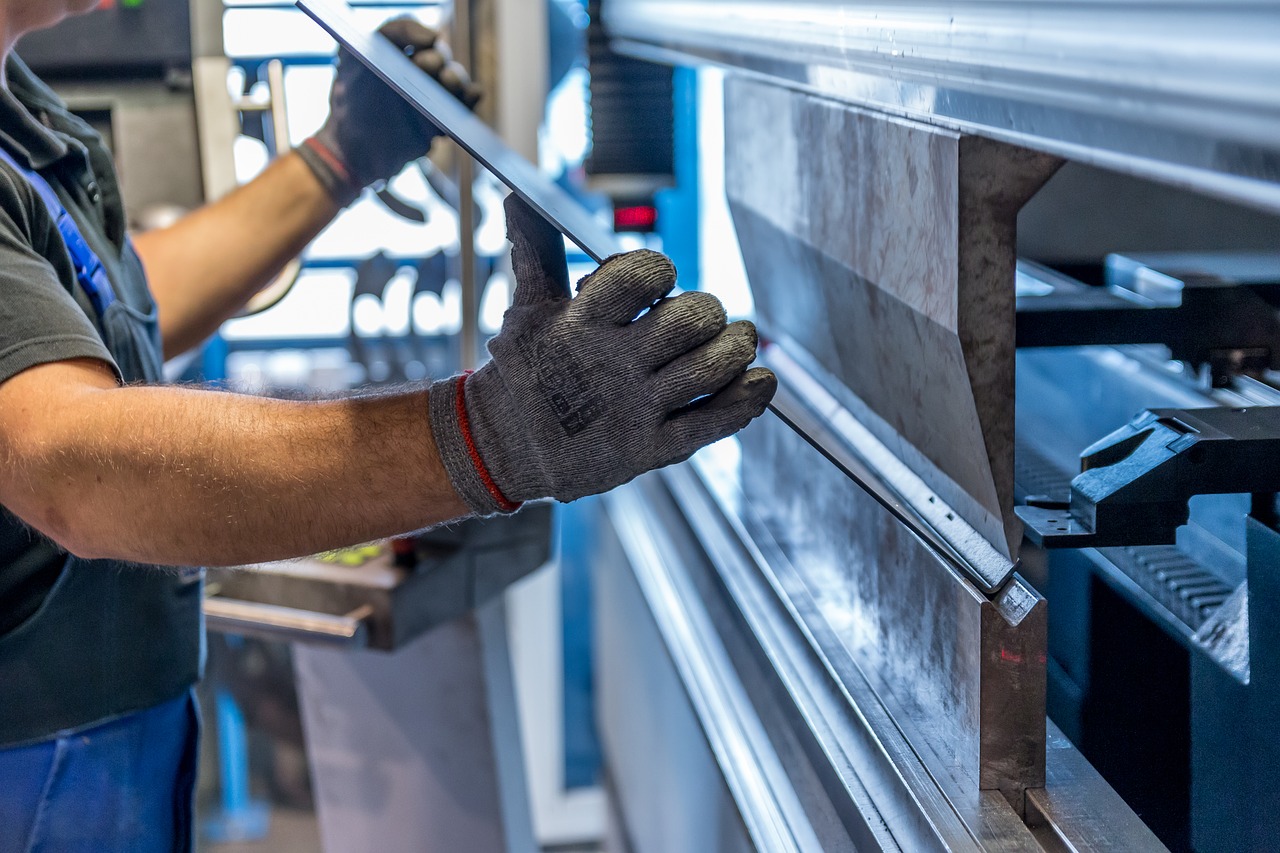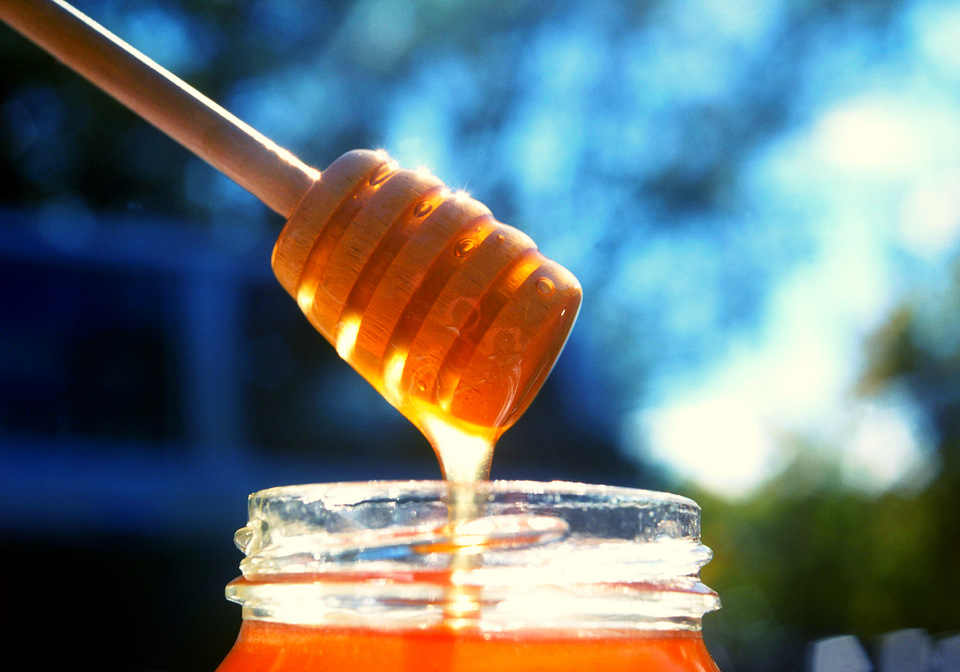In industries such as aviation, aerospace, and gas turbines, manufacturers use Electrical Discharge Machining when traditional machinations reach their limits (EDM). EDM removes excess debris from an object without coming into contact with the object itself, which is different from other traditional machinations.
Manufacturers prefer EDM because its accuracy level is higher, and it can work on any conductive material. In this article, we will talk about the different aspects of electrical discharge machining and its superiority over traditional machining.
What is Electrical Discharge Machining?
Electrical Discharge Machining is a manufacturing process used to mold objects into desired shapes by discharging electrical sparks. In this process, excess material is removed from the objects through current discharges between two different electrodes. For the EDM process to work smoothly, the two electrodes must create a spark without making contact. It takes a temperature of 8000-12000 degrees centigrade to create this spark.
It must be remembered that EDM will only work on electrically conductive materials.
The EDM Process
The basic principle behind the EDM process is that controlled electric sparks are capable of eroding material. The workpiece and the electrode are submerged in a dielectric fluid whereby a discharge occurs that erodes the materials through melting or vaporizing. The dielectric fluid also cools the machining and controls the sparks.
The Importance of EDM Process
There are various processes possible with Electrical Discharge Machining, like milling, grinding, and small-hole drilling. It has become an accurate and reliable method in the die and mold-making industry, manufacturing prototypes, and the automobile and aerospace industry. It is especially significant in the manufacture of aircraft engines.
Types of EDM
- Sinker EDM: In this type of EDM, the electrode is pre-machined to have the necessary shape, which is then sunk into the object. Sinker EDM allows users to produce complex shapes as per their needs.
- Wire EDM: Here, a thin piece of wire is used to cut the workpiece, which also functions as the electrode. The wire is mostly made from brass or copper, and deionized water is used as the fluid.
- Hole drilling EDM: This EDM is used to drill extremely small and deep holes. A further advantage is that EDM drilled holes do not require any deburring.
Advantages of EDM
- With Electrical Discharge Machining, you can produce complex shapes that are not possible through traditional machining.
- As mentioned by Paul Waldron, one important advantage of the EDM process is that it is a no-contact and no-force process, so it does not introduce any stress in the workpiece. Hence it could be used to manufacture delicate and fragile products that cannot withstand the pressure of traditional machining, like medical devices.
- Wire EDM can be used to create thin eyelets and through-slots on medical devices, features that are simply not possible using conventional machinations.
- The versatility of EDM is quite pronounced and unique. It can cut hardened materials and alloys while ensuring flawless surface finishes, so there’s a reduced need for post-processing treatment. There is also no need to perform secondary processes to remove friction machining.
- Electrical Discharge Machining is predictable, accurate (up to .005 mm), and takes less time than traditional machining. It can also be automated, thus reducing labor costs and manufacturing costs.
Final Thoughts
To sum it up, manufacturers rely on Electrical Discharge Machining because it is highly accurate and dependable for high-stress industries where precision is extremely important. EDM is a tried-and-tested solution for creating complex shapes in an electrically conductive material, and its flexibility allows the creation of complex medical components that are impossible to be produced in traditional machining systems.







